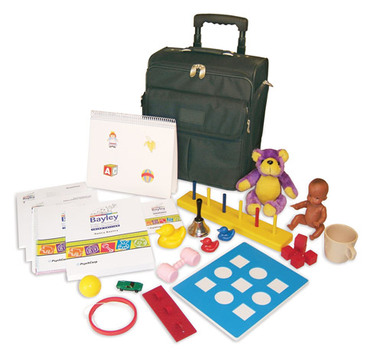Bayley Scales of Infant and Toddler Development, Third Edition (Bayley-III) examines all the facets of a young child's development. Children are assessed in the five key developmental domains of cognition, language, social-emotional, motor and adaptive behaviour.
Bayley-4 UK is now available to order. IMPORTANT: Bayley-III Complete Kit is no longer available for purchase
Bayley-4 UK is now available to order. IMPORTANT: Bayley-III Complete Kit is no longer available for purchase
Bayley-4 UK is now available to order. IMPORTANT: Bayley-III Complete Kit is no longer available for purchase
Bayley Scales of Infant and Toddler Development, Third Edition
Bayley-III
Bayley Scales of Infant and Toddler Development, Third Edition (Bayley-III) examines all the facets of a young child's development. Children are assessed in the five key developmental domains of cognition, language, social-emotional, motor and adaptive behaviour.Bayley-4 UK is now available to order. IMPORTANT: Bayley-III Complete Kit is no longer available for purchase
‹ View all tests and materials
Bayley-III Manipulative Screener Set 1
9780158027357
Qualification Level
B
Includes Bayley-II Set Of 2 Crayons (Group H), Bayley-II Bell (Group G), Bayley-III Spoon, Bayley-III Plastic Glass Clear, Bayley-III Bottle With Lid 33Mm, Bayley-III Oval Shoe Lace, Bayley-III Squeeze Toy, Bayley-III Ziplock Bag 12 X 5, Bayley-II Clr Box-Open End (Group E), Bayley-II Doll (Grp H), Bayley-II Rattle (Grp H), Bayley-II Ring W/ String (Grp I)
£76.70